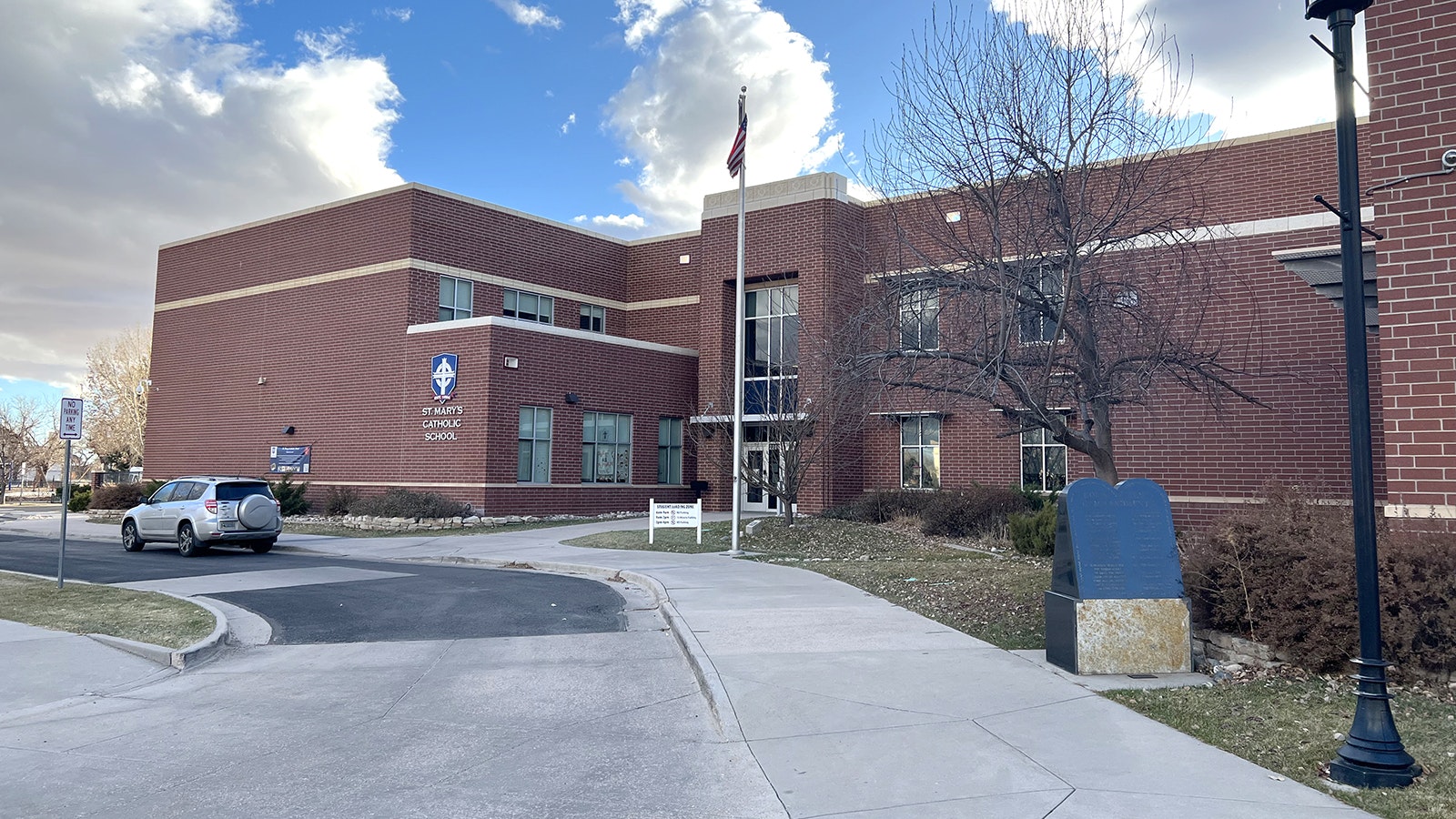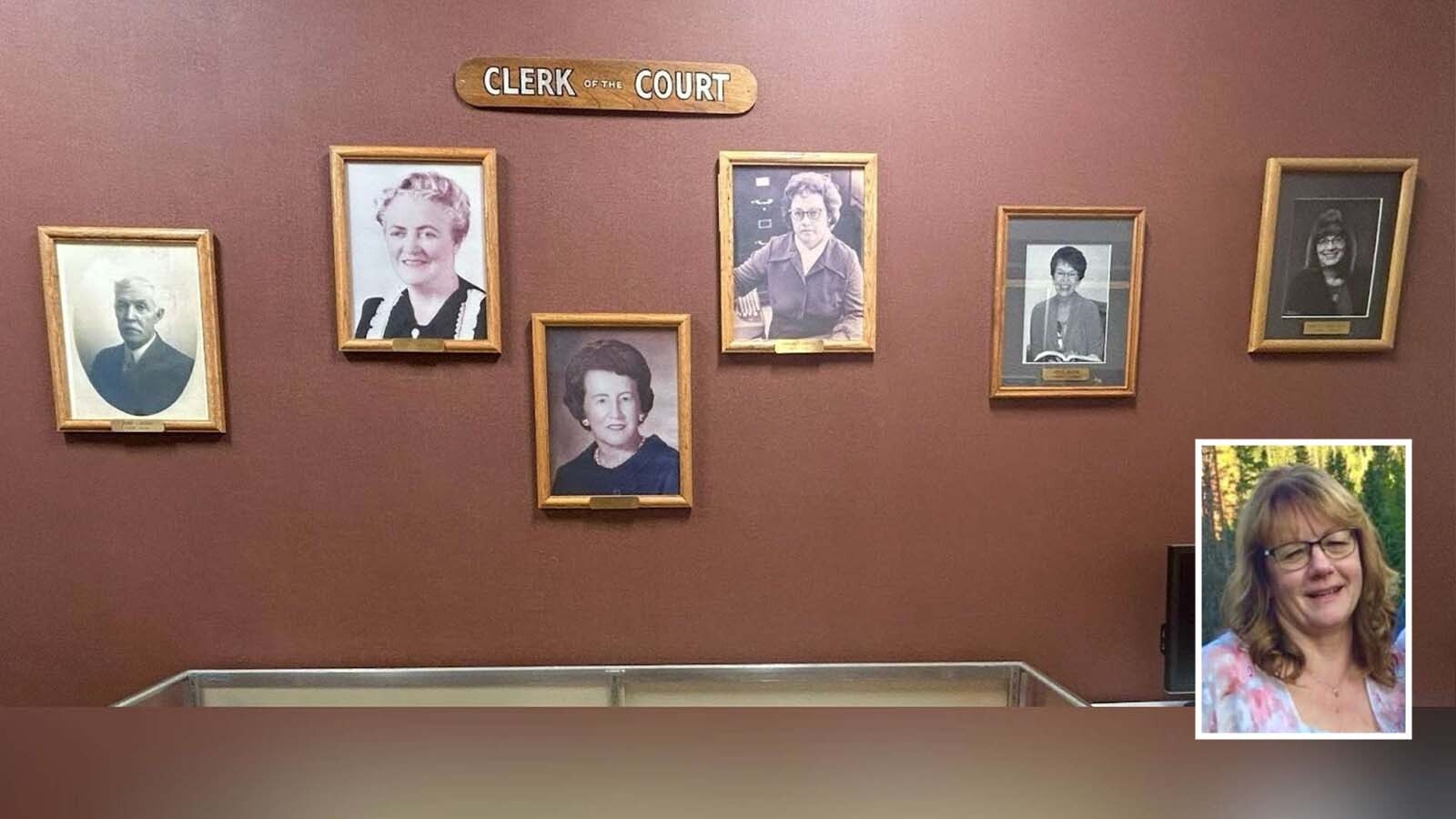House Speaker Albert Sommers, R-Pinedale, said he’s changed his mind about school choice in Wyoming and letting parents use the state’s per-pupil payout system to pursue private education for their children.
“I’ve come to believe that if we are funding education, whatever means, it’s probably worth it,” Sommers said during the Joint Education Committee’s meeting this week. “Educating children by public or private dollars, I think it’s worth doing.”
The committee voted 8-6 to approve draft legislation that creates an education savings account (ESA) that will act similar to a school voucher system, giving parents state money to put their children in private education.
But the approval didn’t come without some spirited debate, including one state senator calling Sommers’ proposal a “crap sandwich.”
Sommers refused to let two ESA bills advance during the 2023 legislative session, finding them unconstitutional and a major policy shift for Wyoming.
“The reason I filed this (new) bill is because I believe it’s completely constitutional,” Sommers told Cowboy State Daily. “I tried to make a constitutional ESA bill.”
The Differences
A major difference between the bills he squashed and the one Sommers has now proposed is the new legislation has an income-based stipulation that only families with a household income that is 250% of the federal poverty level or lower can participate.
Another key difference is that it adds preschool education to the ESA, while the previous bills only included primary and secondary schools.
State Sen. Bo Biteman, R-Ranchester, said the preschool additions wouldn’t pass as a standalone bill, which is why they’ve been included in the legislation.
He unsuccessfully proposed an amendment that would have changed the bill to its earlier iteration, a $30 million plan funded by federal mineral royalties and open to all students. That bill passed the state Senate 17-14 vote before dying in Sommers’ drawer in the House.
Biteman said Sommers’ bill is way too different from the earlier version and referred to the new proposal as a “crap sandwich” and a “watered down bill.”
“This is what the people wanted to begin with, this is what we should’ve been starting from, this is the real school choice bill,” Biteman said.
Although he voted for Sommers’ bill because of its early childhood education funding and low-income servicing, Sen. Chris Rothfuss, D-Laramie, said he’s “not thrilled” about the other aspects of the bill and opposed Biteman’s amendment.
“I don’t see any way that the alternative bill draft proposed by Senator Biteman would pass any constitutional scrutiny,” Biteman said.
How It Works
Under the new legislation, 30% of the $40 million taken from the general fund to go to ESA preschool education while the other 70% will go to ESA K-12 education.
Sommers said estimates show that about 3,400 underserved low-income children in Wyoming would qualify for the preschool option, which Rep. Martha Lawley, R-Worland, said will incentivize parents to have their children get early childhood education.
Sommers added that it’s always difficult to make estimates on school voucher program costs as the possibility exists that current public school students will be enticed to enter the private sector once the funding is offered.
Sen. Cheri Steinmetz, R-Lingle, questioned Sommers about the constitutionality of not providing ESA services to students of all income levels, but the speaker expressed confidence, saying the courts have offered flexibility on issues of poverty.
If money runs out in the ESA fund, students will be selected on a first-come, first-served basis, with preference given to students who received money the previous school year.
Tate Mullen, government relations director for the Wyoming Education Association, said the bill is unconstitutional and infringes on the state’s guarantee of equitable and free public education to students no matter their background.
“The intent is not to provide a multitude of options,” he said.
Biteman asked Mullen if students who use federal grants to attend Catholic colleges also are breaking the Wyoming Constitution. Rep. Karlee Provenza, D-Laramie, said this pertains to federal money and federal law, so it isn’t comparable.
Biteman didn’t agree, calling it the same taxpayer money.
“Money from the federal government doesn’t just magically appear in the treasury,” Biteman said.
Wyoming Family Alliance President and school choice advocate Nathan Winters spoke in favor of the bill and said the Wyoming Supreme Court has ruled that “payments for services rendered” is a constitutional use of funding in Wyoming.
The 250% of federal poverty level threshold equates to a household income of $75,000 for a family of four. The median household income in Wyoming is $68,000.
“The 250% federal poverty limit is not a policy that targets low-income households and is instead an attempt to provide carte blanche access to private and parochial schools all at the expense of taxpayers, and counter to the prohibitions of sectarianism as laid out in our state constitution,” Mullen said.
Lawley unsuccessfully proposed an amendment increasing allowed participation to 350% of poverty level, which would increase the eligibility group by 43% and families of four with a household income of up to $105,000 to participate. Rothfuss opposed this amendment and express concern that the ESA would run out too easily.
Per-Student Funding
Superintendent of Public Instruction Megan Degenfelder said she supports the school choice bill, but found the $3,000 per student ESA allotment as originally proposed too low. The legislation considered this spring called for $6,000 per student.
Winters said the state average for private school tuition is $9,000 a year and recommended bumping the per pupil funding up to $6,000.
Sen. Evie Brennan, R-Cheyenne, unsuccessfully proposed an amendment increasing the stipend to $8,000 per student. She argued that even at that higher funding level, some low-income families will still not be able to afford certain private schools.
Rep. Jerry Obermueller, R-Casper, successfully proposed an amendment to the bill upping the funding to $5,000, which passed.
A few members of the committee testified against this change, saying it will drastically decrease the amount of students that can benefit from the ESA.
Degenfelder said a cost-of-living adjustment should also be added to the bill that increases early childhood funding proportionally to increases in K-12 per pupil funding, with an overall increase to ESA funding.
Too Regulatory?
Under the bill, the Department of Education would certify qualified ESA providers, which is another new piece to the legislation.
Lawley successfully proposed an amendment removing a requirement that ESA students must take state testing, as a way to avoid overregulating school choice. Provenza said Lawley’s change infringes on the rights of taxpayers who are paying for students to attend private schools.
“When we remove that testing standard, we are moving away from saying is government money being well spent?” Provenza said. “We’re not regulating choice, we’re regulating accountability of our state funds.”
Rep. Ocean Andrew, R-Laramie, successfully proposed an amendment that the state cannot dictate a private school’s curriculum or the students it chooses to accept.
“Private schools are already regulated in law,” he said. “This ensures that they still have their constitutional rights to have their own beliefs whether ESA students are attending their schools or not.”
Should Money Go With The Choice?
There are 37 private schools in Wyoming, 68% of which are religiously affiliated. Winters said a total of 3% of Wyoming students are enrolled in private school in Wyoming, lower than the national average of 10%.
The Heritage Foundation has found in 2023 that Wyoming ranks 44th in education freedom and 41st on return on investment in public education.
Melissa Whelan, principal at St. Anthony Tri-Parish Catholic School in Casper, said parents should always have a choice of where they want to educate their children and that public money should follow them wherever they go. Her school’s tuition runs about $5,000 to $6,000 per year.
Whelan said the ESA would allow the school to provide more financial aid and accept more students. St. Anthony had 76 students the past school year who applied for student aid, which said cost about $650,000.
Obermueller expressed concern that Catholic parishes like St. Anthony are looking for state money because of declining enrollment, but Whelan said she has no concerns about becoming dependent on government funding.
Jan Loftus, representing Republican Women of Sheridan County, which supported earlier ESA bills, spoke against the new legislation, seeing it as a vehicle to grow government.
Loftus cited the preschool addition to the ESA, the addition of two state employees to administer it and its income eligibility criteria, which she sees as picking between winners and losers.
“It discourages people from taking a raise, perhaps that are near the limit,” Loftus speculated.
How They Voted
Voting for the bill were Sen. Charles Scott, R-Casper; and Reps. David Northrup, R-Powell; Lane Allred, R-Afton; Landon Brown, R-Cheyenne; Ken Clouston, R-Gillette; Lawley, Rothfuss and Andrew. Voting against it were Sens. Biteman; Steinmetz; and Brennan; and Reps. Ryan Berger, R-Evanston; Provenza; and Obermueller.
Leo Wolfson can be reached at leo@cowboystatedaily.com.





